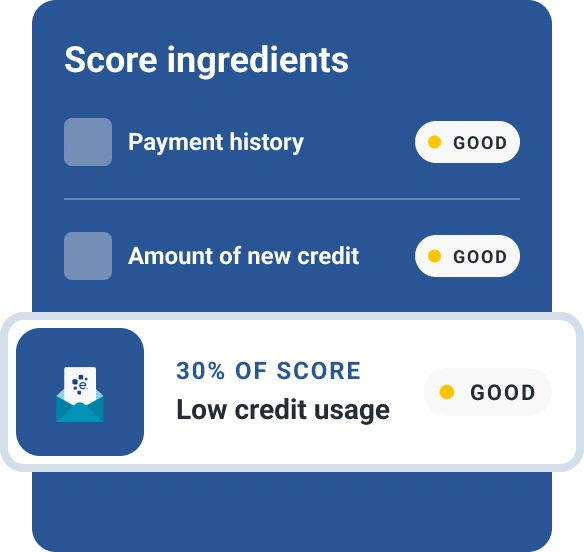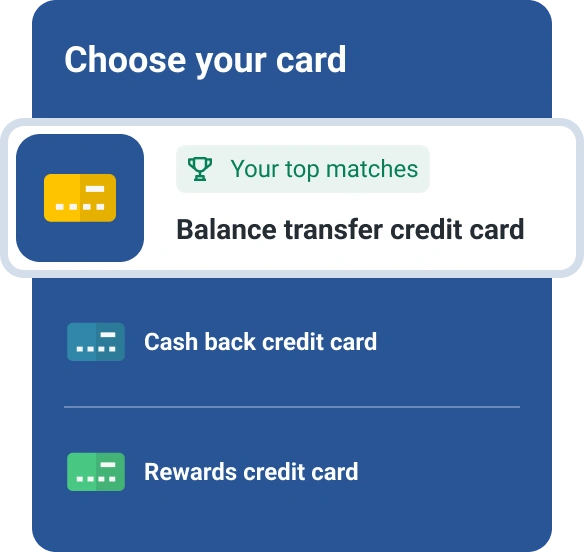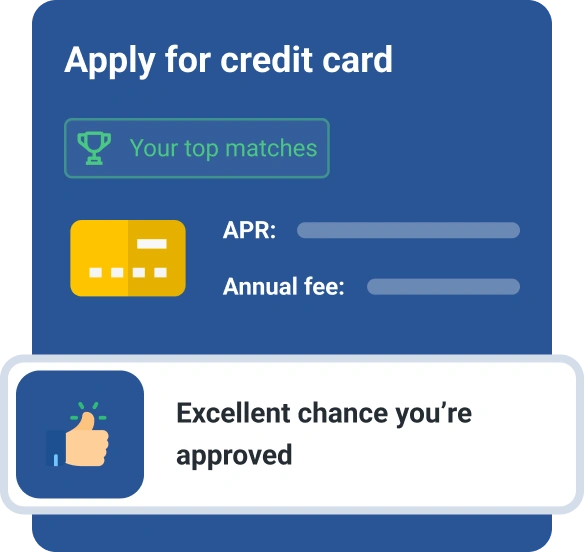What Is High-Interest Debt?
Quick Answer
Any account that has an APR of 8% or higher is usually seen as a high-interest debt. This type of debt is expensive, which can eat into your budget and make it harder to reach your financial goals.

High-interest debt is generally considered any account that has an interest rate of 8% or higher. Carrying this type of debt can make it harder to achieve your financial goals. And if a large chunk of your monthly payment is going toward interest, it might take a while to chip away at your principal balance. Interest can also add up fast and cost you significantly more in the long run.
Let's look at some examples of high-interest debt, along with tips for paying it off faster.
What Is High-Interest Debt?
High-interest debt typically has an annual percentage rate (APR) of at least 8%, according to the U.S. Securities and Exchange Commission. Interest is the cost of borrowing money, and it applies to all sorts of loans and lines of credit. That includes credit cards, student loans, mortgages, home equity loans and more.
You'll likely pay interest on your balance until the account is paid off, though some credit cards offer a 0% introductory APR. If you pay off your balance within that timeframe, you'll avoid interest altogether. That's important, as credit cards have notoriously high interest rates.
Tip: Credit counseling could be a helpful resource if you're feeling overwhelmed by high-interest debt. Just be sure to go with a reputable, nonprofit counselor. You can search the list of federally approved agencies as well as those provided by the National Foundation for Credit Counseling and the Financial Counseling Association of America, whose counselors are required to meet certain standards.
Learn more: Good Debt vs. Bad Debt: What's the Difference?
Examples of High-Interest Debt
Interest rates vary based on the loan type and lender. Federal student loans, for example, generally have more favorable rates than credit cards. Government-backed mortgages can also come with lower-than-average interest rates. But you can expect higher interest rates on the following types of debt:
- Credit cards: As of the third quarter (Q3) of 2025, the average credit card APR was 22.83%, according to the Federal Reserve. Say you have a $5,000 balance with a 22% APR and $142 minimum monthly payment. Assuming you don't add any new charges, it will take you five years to eliminate your balance—and you'll pay over $3,100 in interest.
- Some personal loans: In most cases, the higher your credit score, the lower your interest rate. Taking out a personal loan with bad credit could leave you stuck with a hefty APR. Some lenders charge up to 35.99%.
- Payday loans: These short-term loans are meant to hold borrowers over until their next payday. They usually don't require a credit check, but you can expect extremely high interest rates and fees. According to the Consumer Financial Protection Bureau, APRs on payday loans can be as high as 400% in some cases.
- Cash advance loans: You can get this type of short-term loan from your credit card issuer. A cash advance loan could unlock quick cash without you having to apply for new credit, but cash advance fees typically range anywhere from 3% to 5% of the amount borrowed. That's on top of the cash advance APR, which is often about 29% and which starts accruing as soon as you borrow the money.
The rate you ultimately pay on any loan or line of credit will depend largely on your credit score. A good credit score suggests that you're a trustworthy borrower who knows how to manage your accounts responsibly. This is why lower rates are often reserved for those with good credit. But borrowers with less-than-perfect credit may be seen as more likely to miss a payment or default on their accounts. That can make it harder to qualify for a competitive rate.
How to Pay Off High-Interest Debt
If you're struggling with high-interest debt, you aren't alone. The average consumer with credit card debt owed roughly $6,735 in 2025, according to Experian data. Below are some actionable tips for paying down your balances.
1. Review Your Debts
Start by clarifying your:
- Open account balances
- Interest rates
- Monthly payments
- Payment due dates
From there, check your budget to determine how much extra money you can comfortably put toward debt each month. That's after your bills are paid and you've set something aside for your emergency fund. Gradually building your savings can help you avoid taking on new debt if you run into a surprise bill.
If your budget is tight, you can take steps to reduce your monthly expenses or pick up a side gig. Both options can free up money to put toward high-interest debt.
Learn more: How to Make a Budget
2. Choose a Debt Repayment Strategy
The right debt repayment strategy will depend on your personality and budgeting style. Here are several approaches to consider.
| Repayment Strategy | How It Works | Pros | Cons |
|---|---|---|---|
| Debt snowball method | Prioritizes your lowest balance first, regardless of the interest rate. As you pay off each account, take the money you were putting toward that balance and apply it to the next lowest balance until all your debts are paid. | Small wins can help keep you motivated | May pay more interest from start to finish |
| Debt avalanche method | Works the same way as the debt snowball method, but you prioritize whichever balance has the highest interest rate | Can reduce how much you pay in total interest and get you debt-free faster | Could take a while before you see progress, so patience is required |
| Debt consolidation loan | Take out a new loan and use that to consolidate all your debts | Could result in a lower average interest rate, and the convenience of having one monthly payment | May be a loan origination fee. Applying for a new loan also requires a hard credit inquiry, which can temporarily bring down your credit score. |
| Balance transfer credit card | Take out a new credit card offering a 0% intro APR for a predetermined amount of time, usually 12 to 21 months. You'll then transfer your debt onto that account and pay it off before the introductory period ends. | Can allow you to eliminate your debt without acquiring additional interest | A 3% to 5% balance transfer fee typically applies, and you may not qualify for a credit limit that's big enough to absorb all your existing debts |
3. Consider Credit Counseling
A credit counselor can provide personalized financial advice around debt repayment, budgeting, saving and more. In some cases, they may suggest a debt management plan. This is when they negotiate lower monthly payments and interest rates on your behalf. This comes with a fee, and you'll be required to close those accounts, but it might make sense if you're struggling to keep up with your payments.
Frequently Asked Questions
The Bottom Line
High-interest debt is the most expensive to maintain. Your monthly debt payments can also strain your budget and make it harder to reach your financial goals. Getting organized and choosing a debt repayment strategy is the first step in the right direction. You might also choose to work with a credit counselor. Either way, it's possible to build a strong emergency fund while paying down debt.
Clearing high-interest balances can also improve your credit health. To see where you stand, check your FICO® ScoreΘ and credit report for free from Experian.
Find out what debts you owe
Your free credit report lists all your debts, such as credit card balances and loans, helping you create a plan to tackle your debt and improve your financial health.
Review your creditAbout the author
Marianne Hayes is a longtime freelance writer who's been covering personal finance for nearly a decade. She specializes in everything from debt management and budgeting to investing and saving. Marianne has written for CNBC, Redbook, Cosmopolitan, Good Housekeeping and more.
Read more from Marianne

